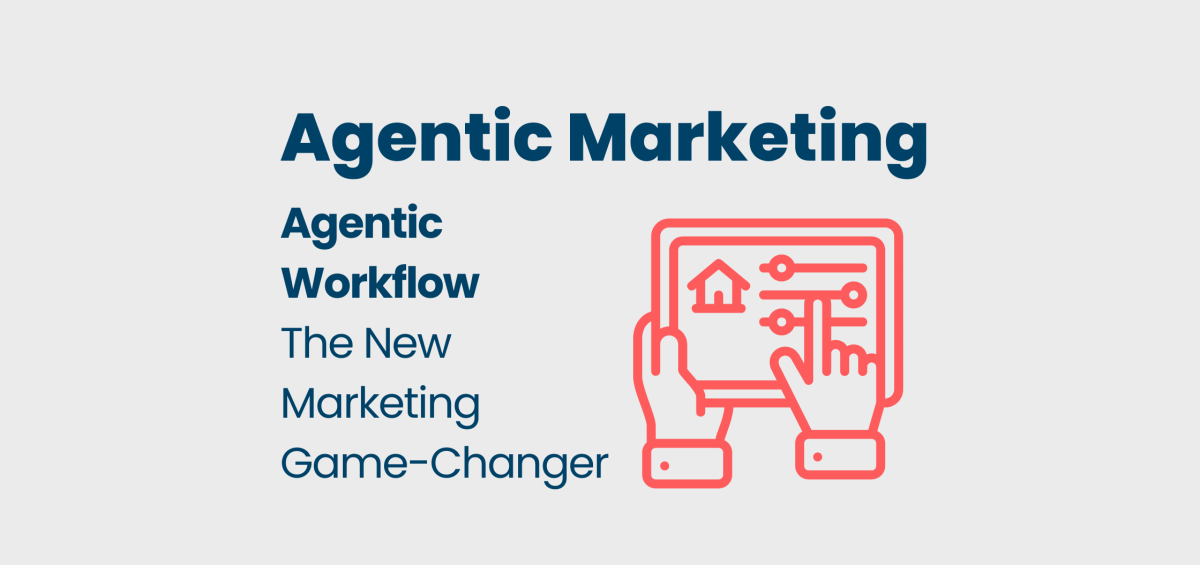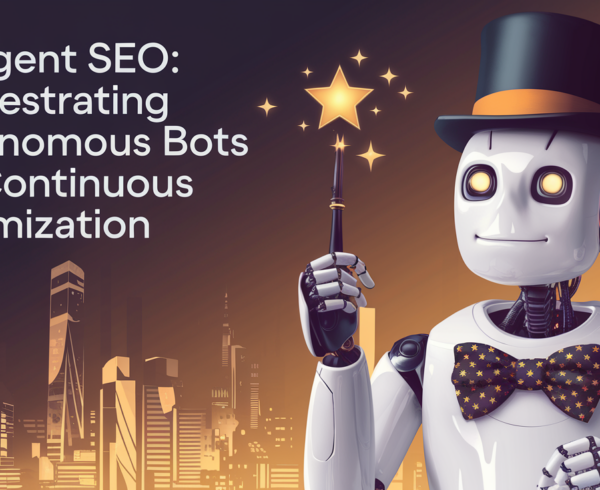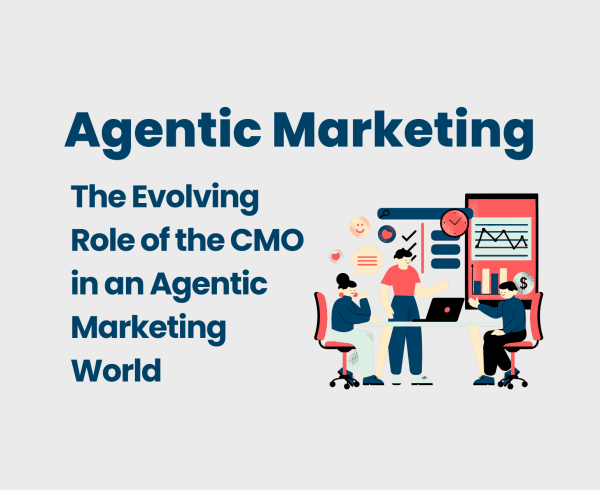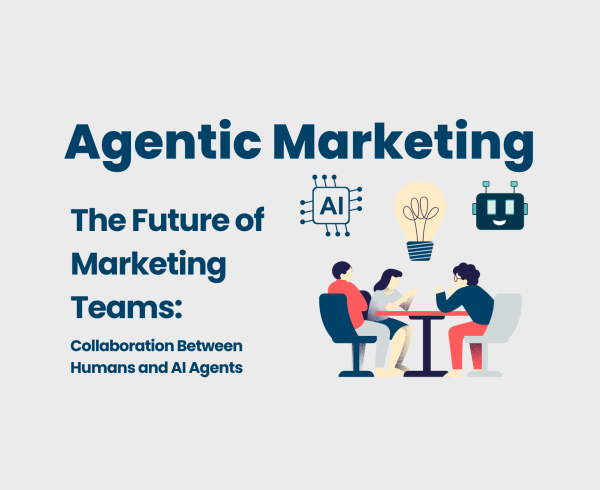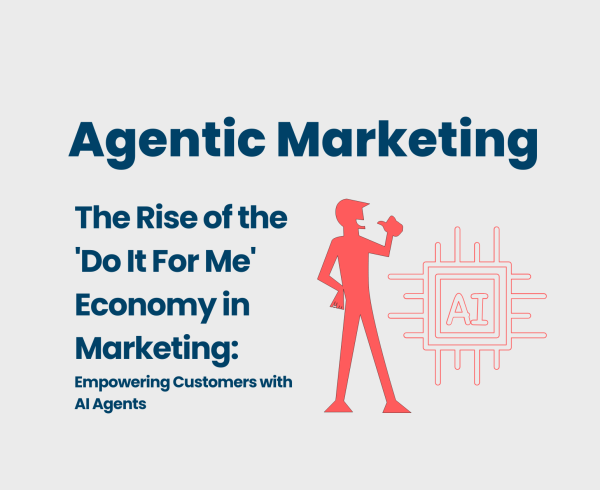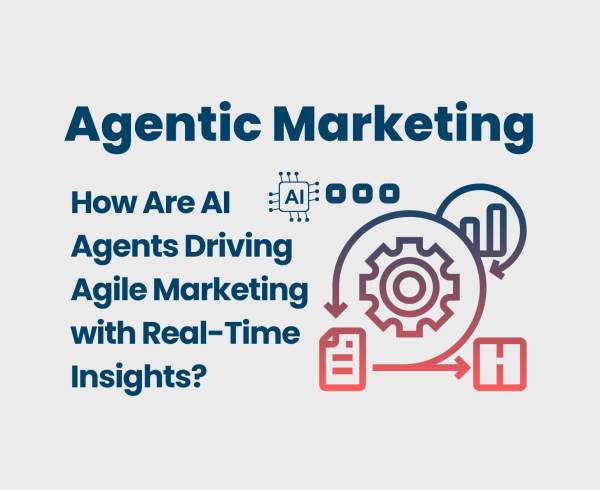The modern marketing landscape is characterized by an overwhelming volume of data, rapidly shifting consumer behaviors, and a proliferation of digital platforms. Navigating this complexity requires a new approach to marketing operations – one that embraces intelligence, automation, and adaptability. Enter Agentic Workflow, a revolutionary framework that leverages the power of AI agents to streamline marketing processes, enhance efficiency, and drive superior results. Here are seven ways agentic workflows are proving to be a game-changer for marketers:
1. Streamlined Campaign Management: From Chaos to Clarity
Traditional marketing campaign management often involves a fragmented array of tools, disconnected data silos, and a constant back-and-forth between various stakeholders. This can lead to inefficiencies, delays, and a lack of overall visibility. Agentic workflows are transforming this chaotic landscape into one of clarity and seamless integration.
AI-powered intelligent systems can orchestrate the entire marketing campaign lifecycle, from initial planning and content creation to execution, monitoring, and analysis. These agents can autonomously manage tasks such as scheduling social media posts across multiple platforms, coordinating email marketing campaigns based on triggers and customer behavior, and ensuring consistent branding and messaging across all channels. By automating these routine tasks and integrating disparate systems, agentic workflows eliminate bottlenecks, reduce errors, and free up marketers to focus on higher-level strategic thinking and creative innovation. This streamlined approach ensures campaigns are executed efficiently and effectively, leading to improved time-to-market and better overall campaign performance.
2. Hyper-Personalization at Scale: Delivering Tailored Experiences Effortlessly
In today’s customer-centric world, personalization is no longer a luxury but a necessity. Consumers expect brands to understand their individual needs and preferences and to deliver tailored experiences across every interaction. However, achieving true hyper-personalization at scale using traditional methods can be incredibly challenging and resource-intensive. Agentic workflows are making hyper-personalization a reality by empowering AI agents to deliver tailored experiences effortlessly.
AI agents can analyze vast amounts of customer data in real-time, including demographics, purchase history, Browse behavior, social media activity, and even contextual information. Based on this comprehensive understanding, they can autonomously personalize various aspects of the customer journey, such as website content, product recommendations, email offers, and even advertising creatives. This level of granular personalization ensures that every customer interaction feels relevant, engaging, and valuable, leading to increased customer satisfaction, loyalty, and ultimately, higher conversion rates. Agentic workflows make it possible to deliver these highly personalized experiences at scale without requiring a massive manual effort from marketing teams.
3. Real-Time Insights for Dynamic Strategies: Adapting on the Fly for Optimal Impact
The marketing landscape is constantly evolving, with new trends emerging, consumer preferences shifting, and competitor activities changing. To succeed in this dynamic environment, marketers need to be agile and able to adapt their strategies quickly based on real-time performance data. Agentic workflows provide marketers with the power of real-time insights, enabling them to develop and implement dynamic strategies that maximize impact.
AI agents can continuously monitor the performance of marketing campaigns across all channels, tracking key metrics such as website traffic, engagement rates, conversion rates, and customer feedback. They can analyze this data in real-time, identify trends and anomalies, and provide marketers with actionable insights into what’s working and what’s not. This immediate feedback loop empowers marketers to course-correct their strategies on the fly, adjust campaign parameters, and reallocate resources to optimize performance. For example, if an AI agent detects a sudden surge in interest for a particular product on social media, it can automatically increase the advertising budget for that product and adjust the targeting to capitalize on the emerging trend. This agility and responsiveness are crucial for staying ahead of the competition and maximizing the effectiveness of marketing efforts.
4. Automated Content Creation: Ensuring Consistent and On-Brand Messaging
Content is the lifeblood of modern marketing, but creating high-quality, engaging content consistently across multiple platforms can be a significant bottleneck for many marketing teams. Agentic workflows are revolutionizing content creation by leveraging AI agents equipped with natural language processing (NLP) capabilities to automate the generation of consistent and on-brand content.
AI agents can assist with various aspects of content creation, from generating initial drafts for blog posts and social media updates to crafting compelling email copy and even producing basic video scripts. While human oversight is still crucial for ensuring creativity and strategic alignment, AI agents can significantly speed up the content creation process, allowing marketing teams to produce more content in less time. Furthermore, agentic workflows can ensure that all content adheres to brand guidelines, maintains a consistent tone of voice, and is optimized for different platforms and audiences. This automation not only improves efficiency but also helps to maintain brand consistency across all marketing communications.
5. Enhanced Human-AI Collaboration: Freeing Up Marketers for Strategic Focus
The integration of AI into marketing is not about replacing human marketers but rather about augmenting their capabilities and freeing them from repetitive, time-consuming tasks. Agentic workflows are designed to foster seamless collaboration between human marketers and AI agents, allowing each to focus on what they do best.
AI agents can handle the more mundane and repetitive aspects of marketing operations, such as data entry, campaign scheduling, and basic performance monitoring. This frees up human marketers to dedicate their time and energy to more strategic activities, such as developing overall marketing strategies, understanding customer needs and motivations, and crafting creative and compelling brand narratives. By working collaboratively with AI agents, marketers can achieve a higher level of productivity, focus on innovation, and ultimately drive better marketing outcomes. This synergy between human intelligence and artificial intelligence is the key to unlocking the full potential of agentic workflows in marketing.
6. Improved Data Management and Analysis: Turning Information into Actionable Intelligence
Modern marketing generates vast amounts of data from various sources. However, effectively managing, analyzing, and extracting actionable insights from this data can be a significant challenge for many organizations. Agentic workflows address this challenge by leveraging AI agents to automate data management and analysis processes.
AI agents can automatically collect data from different marketing platforms, clean and organize it, and then analyze it using sophisticated machine learning algorithms. They can identify key trends, patterns, and correlations that might be missed by human analysts, providing marketers with a deeper understanding of their customers, their campaigns, and the overall market landscape. This improved data management and analysis capabilities empower marketers to make more informed decisions, optimize their strategies, and measure the impact of their efforts more effectively. Agentic workflows transform raw marketing data into actionable intelligence, driving more data-driven and results-oriented marketing.
7. Proactive Problem Solving and Opportunity Identification: Staying Ahead of the Curve
In the fast-paced world of marketing, being reactive is often not enough. To truly succeed, marketers need to be proactive, anticipating potential problems and identifying emerging opportunities before they become mainstream. Agentic workflows empower AI agents to proactively monitor the marketing environment, identify potential issues, and even uncover new opportunities for growth.
AI agents can continuously scan market trends, competitor activities, and customer feedback to identify potential risks or emerging opportunities. For example, an AI agent might detect a sudden increase in negative sentiment towards a brand on social media and proactively alert the marketing team to address the issue before it escalates. Similarly, an agent might identify a new emerging trend in consumer behavior and suggest a new product or marketing campaign to capitalize on this opportunity. This proactive problem-solving and opportunity identification capabilities allow marketers to stay ahead of the curve, mitigate risks, and seize new avenues for growth and innovation.
In conclusion, agentic workflows represent a significant leap forward in marketing technology and operations. By leveraging the power of autonomous AI agents, marketers can streamline their processes, personalize customer experiences at scale, gain real-time insights, automate content creation, foster human-AI collaboration, improve data management, and proactively identify opportunities and solve problems. As AI technology continues to advance, agentic workflows will undoubtedly become an indispensable tool for marketers looking to thrive in the increasingly complex and dynamic marketing landscape. Embracing this new paradigm is not just about adopting new technology; it’s about fundamentally changing the way marketing work is done, leading to greater efficiency, effectiveness, and ultimately, better results.

